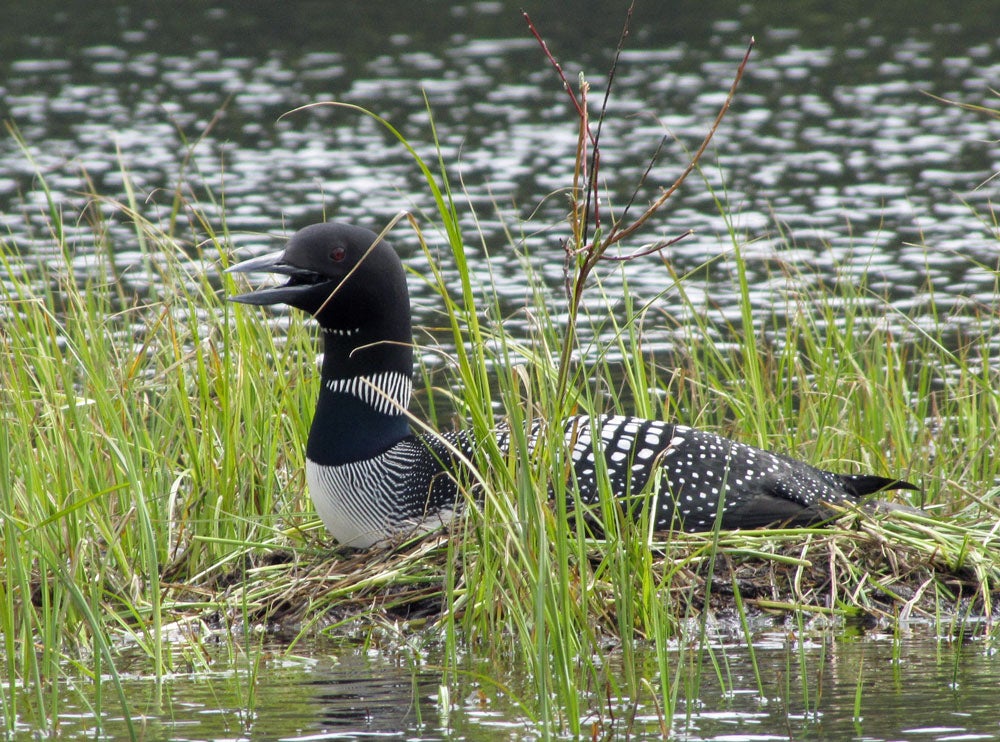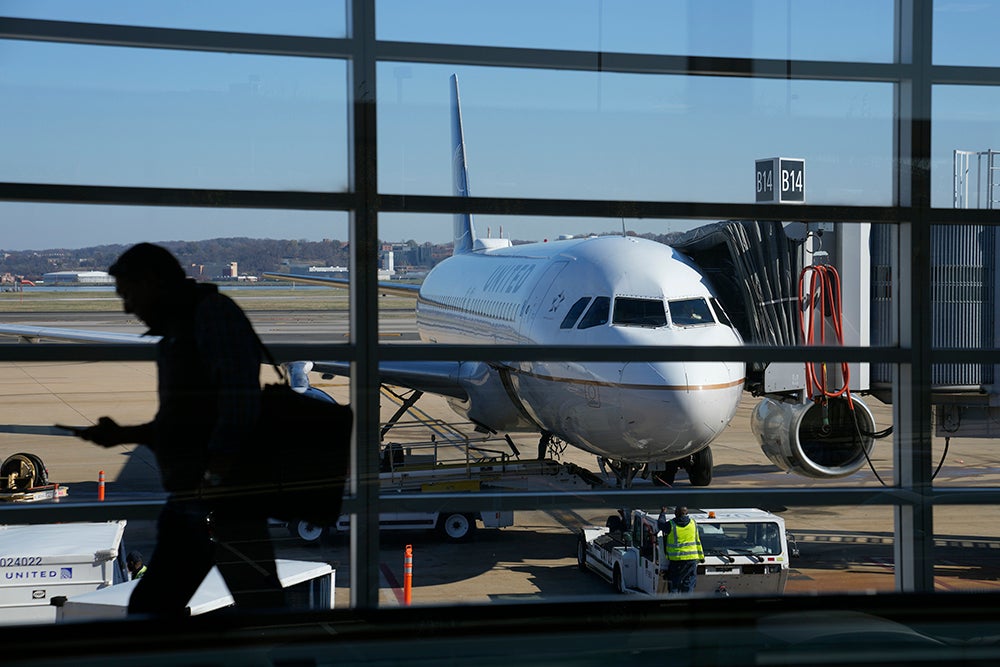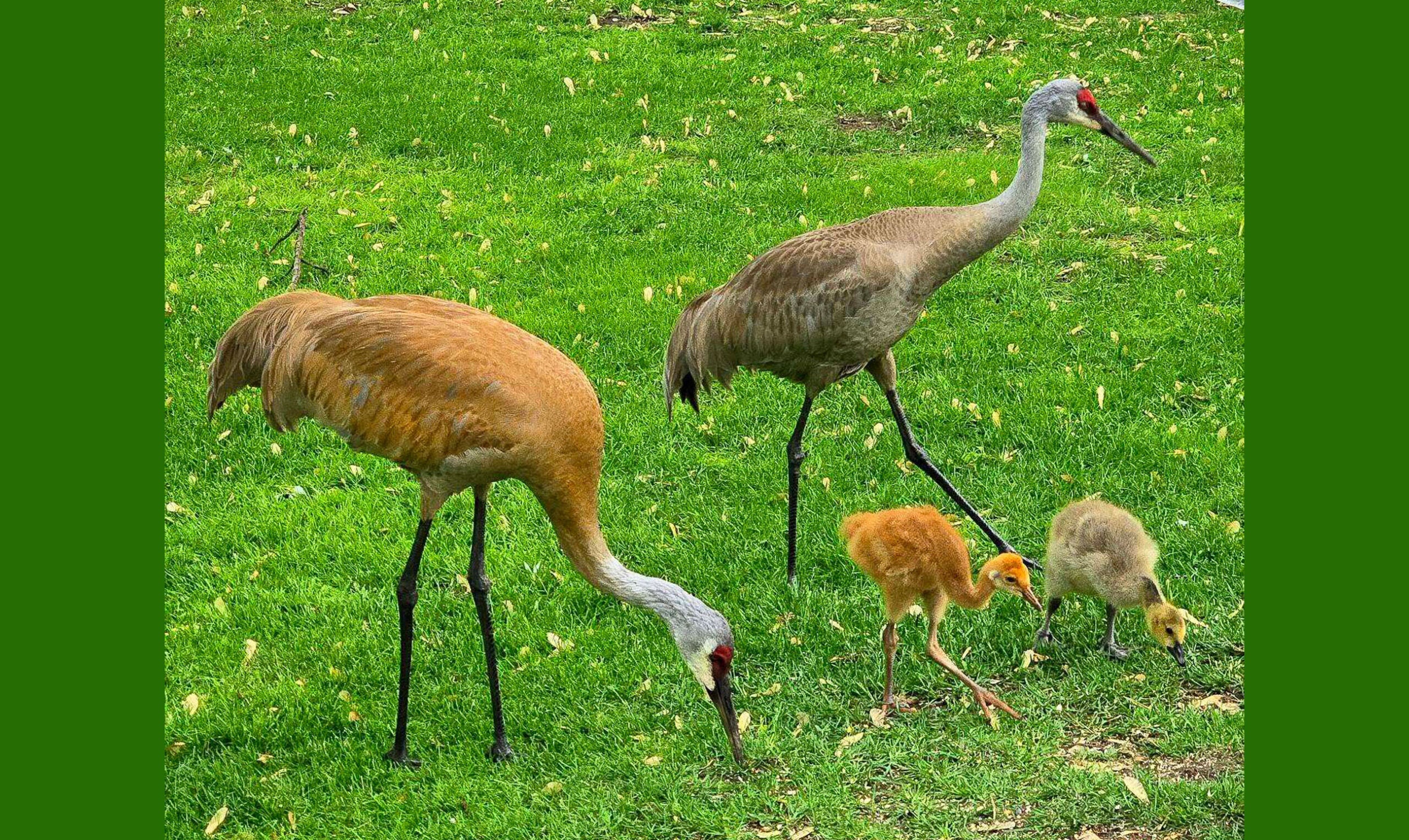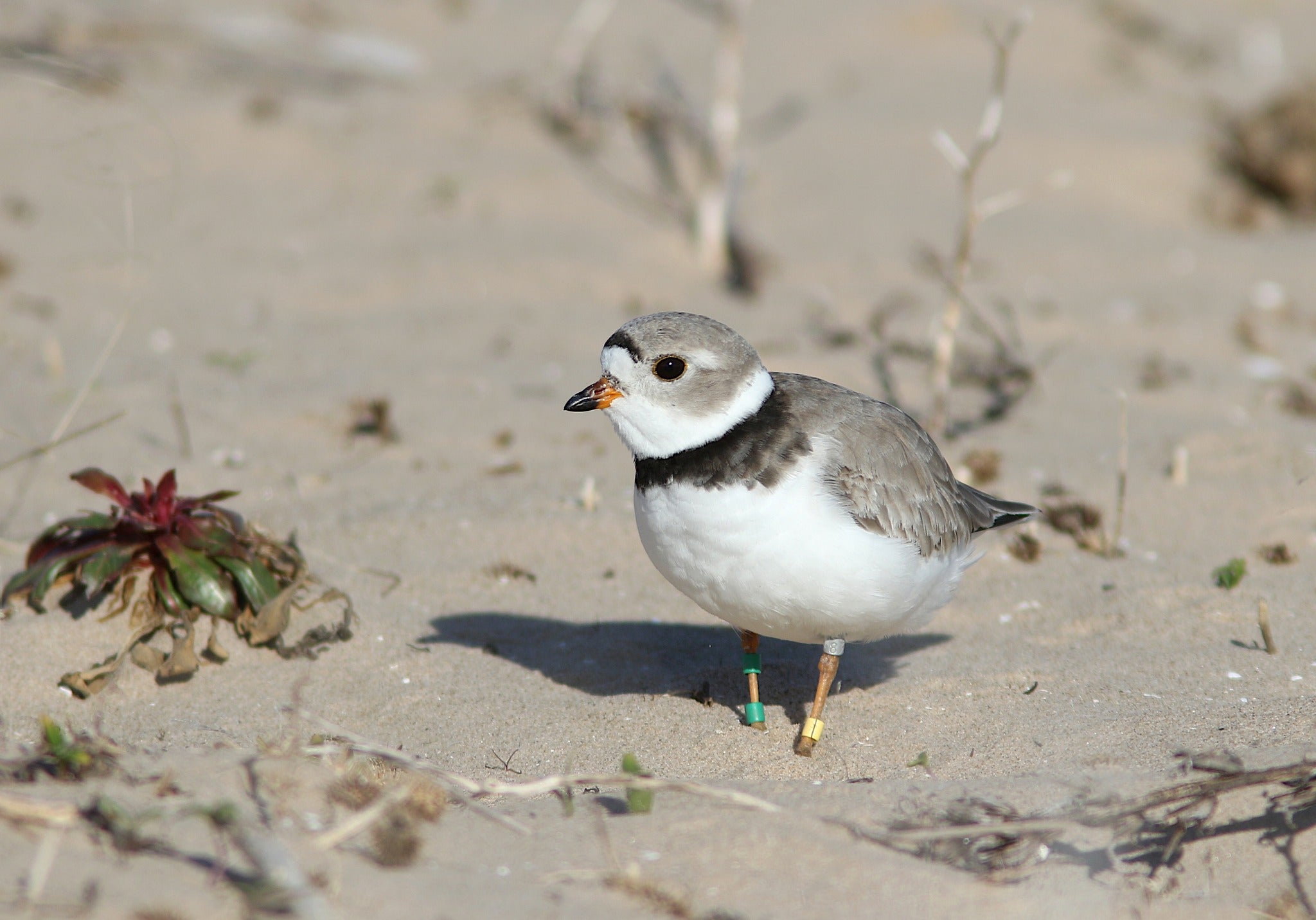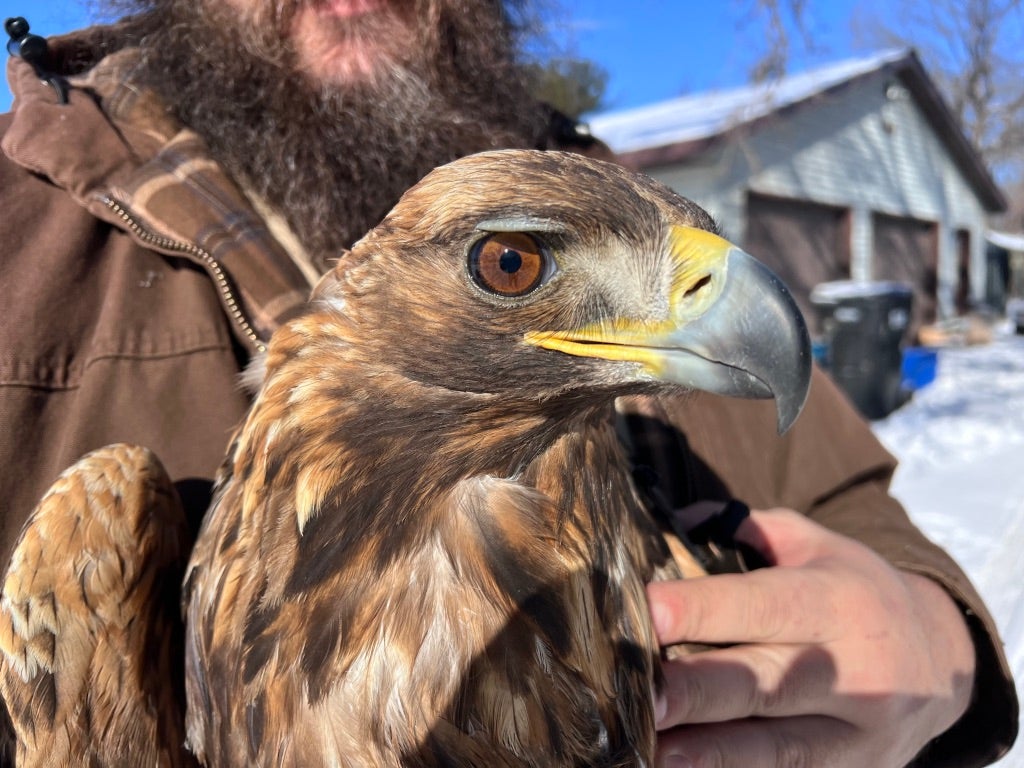As feared, a heavy infestation of black flies in northern Wisconsin has had a significant impact on the loon population this season: Currently, only six of 96 pairs of loons being studied have chicks.
The heavy infestation of black flies caused 70 to 80 percent of the loons to abandon their nests this spring. Chapman University researcher Walter Piper called it the worst rate of abandonment he’s seen in 22 years of studying loons in northern Wisconsin.
“The black flies that plagued them this year could feed on them, could suck blood from their heads and necks at will,” he said. “All the loons could do was shake their heads a little and toss their heads back.”
News with a little more humanity
WPR’s “Wisconsin Today” newsletter keeps you connected to the state you love without feeling overwhelmed. No paywall. No agenda. No corporate filter.
Piper said a just completed count of the loons in Oneida and Vilas Counties shows only six pairs with chicks.
“At this stage last year, 41 of 96 pairs that we followed very closely that had attempted to nest had chicks,” Piper said.
Piper said some of the loons are back on the nests, trying again. He said even if some of them are successful, it will still mean a 40 percent reduction in the number of loon chicks this year compared to last.
Still, he said, loons are resilient.
“Reproductive success for loons is always a roller coaster and there are good years and bad years, and this is certainly a bad year,” Piper said. “It is important to remember that loons are long-lived, and so they have the capacity to hang on and try again next year if they fail this year.”
Loons live as long as 30 years, and return to the same lake each season. Walter Piper said one of the birds he’s studying now was banded back in 1991.
Wisconsin Public Radio, © Copyright 2025, Board of Regents of the University of Wisconsin System and Wisconsin Educational Communications Board.

